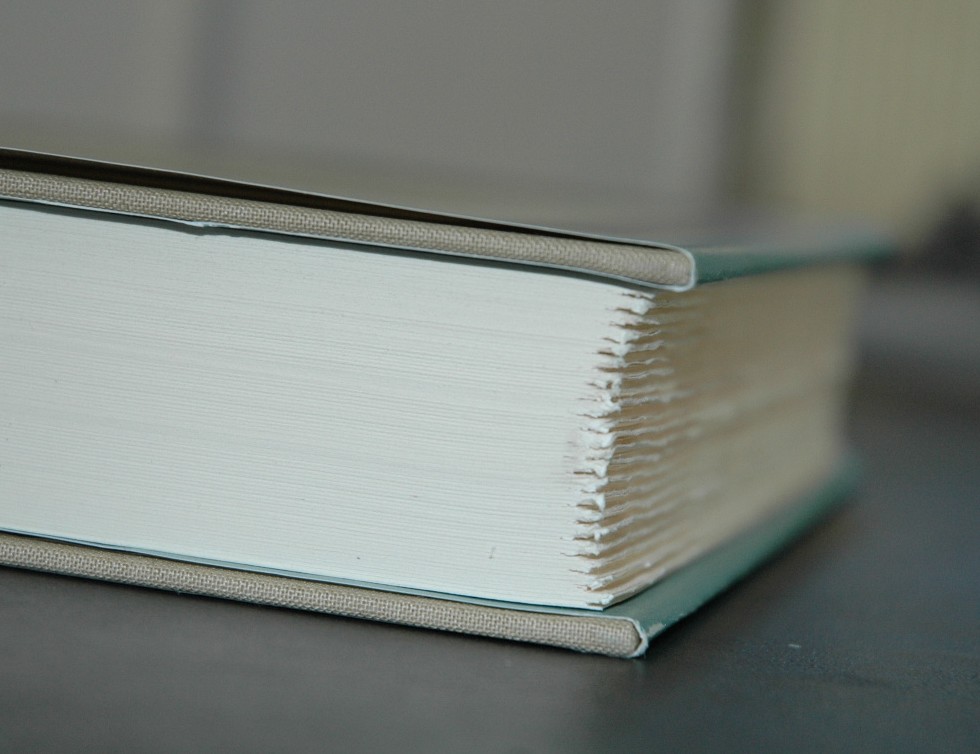Deckle edge on:
[Wikipedia]
[Google]
[Amazon]
 Paper with a feathered edge is described as having a deckle edge, in contrast to a cut edge. Before the 19th century, the deckle edge was unavoidable, a natural artifact of the papermaking process in which sheets of paper were made individually on a
Paper with a feathered edge is described as having a deckle edge, in contrast to a cut edge. Before the 19th century, the deckle edge was unavoidable, a natural artifact of the papermaking process in which sheets of paper were made individually on a
deckle
A deckle is a removable wooden frame or "fence" used in manual paper-making. It can also mean deckle edge paper, which is a type of industrially produced paper with rough cut, distressed edges used in the book trade.
Deckle frame
In manual pape ...
, a wooden frame. Today, machine-made paper may artificially have its edges produced with deckle edges.
The deckle could not make a perfect seal against the screen at the edges and the paper slurry would seep under, creating a rough edge to the paper. The deckle edge could be trimmed off, but this extra step added to the cost of the book. Beginning in the early 1800s with the invention of the Fourdrinier machine
A paper machine (or paper-making machine) is an industrial machine which is used in the pulp and paper industry
to create paper in large quantities at high speed. Modern paper-making machines are based on the principles of the Fourdrinier Mach ...
, paper was produced in long rolls and the deckle became mostly obsolete. Although there was some rough edging on the ends of the rolls, it was cut off, and the individual sheets cut out from the roll would have no deckle edge in any case.
History
With the appearance of smooth edges in the 19th century, the deckle edge slowly emerged as a status symbol. Many 19th-century presses advertised two versions of the same book: one with edges trimmed smooth, the other a higher-priced deckle version. This suggested the deckle book was made with higher-quality paper, or with more expensive methods. This tradition carried forward into the 20th and 21st centuries. Modern deckle edges are produced by a purpose-built machine to give the appearance of a true deckle edge by cutting a smooth edge into patterns. Ironically, the apparent value of a deckle edge is, in part, the impression that it is handmade, an inherently greater expense than mass-production.Criticism
Many readers consider the deckle edge to be inferior, given the awkwardness of turning the pages of deckle-edge books, while others are entirely unfamiliar with it and assume it to be an accidental defect. For example,Amazon
Amazon most often refers to:
* Amazons, a tribe of female warriors in Greek mythology
* Amazon rainforest, a rainforest covering most of the Amazon basin
* Amazon River, in South America
* Amazon (company), an American multinational technolog ...
has left notes to book buyers clarifying that the deckle is not an unintentional flaw in the product. A deckle edge is unrelated to the practice of unopened pages, in which a reader must cut open pages with a knife.
Many fine art works or digital prints also have deckle edges. Again, as in book printing, this was once considered an imperfection as the by-product of handmade papermaking. Now makers use it to create the appearance of greater value, handmade products costing more than those mass-produced.
References
Papermaking {{improve categories, date=January 2023